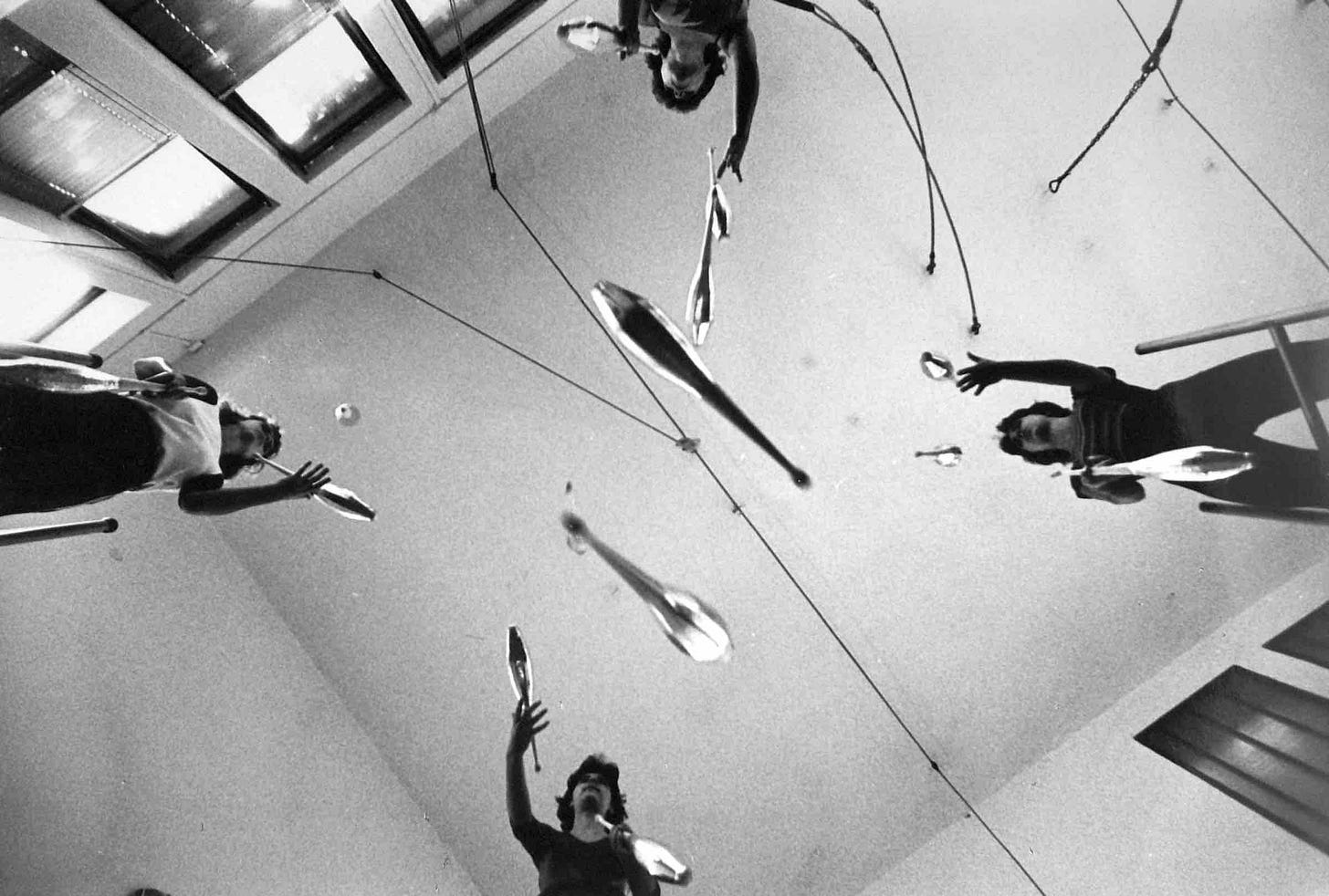Five reasons to appreciate contemporary art
Activism isn’t one of them
Every year, at the end of the summer semester, students and faculty from the Berlin University of the Arts (UdK) present the works they have created to the public. The spectrum of works on display ranges from fine arts, design, and architecture to music, media, dance, and performing arts, encompassing artistic productions as well as academic presentations. In its 50th year, the UdK's annual exhibition attracted such a large number of visitors that admission had to be closed prematurely.
Even with three days to spare (the Rundgang 2025 was spread across nine buildings and featured over 250 projects), it was difficult to get a comprehensive impression of the diverse exhibits.1 Nevertheless, two political subtexts dominated the showcase, shaping the event and its perception: the massive budget cuts by the Berlin government and the Middle East conflict. The latter was particularly present in the university's historic main building, where activists took a loud stand through tags, stickers, posters, and performances.
Naturally, it is controversial where to draw the line between artistic irritation and mere political provocation.. However, if the sole purpose of a “performance” is to overpower the deficiencies of one's position with sheer volume, to send feel-good signals to the ingroup while intimidating others, the aesthetic form is inevitably affected: it becomes cheap and boring. It also achieves little (if anything) in terms of the asserted concern and most likely backfires. Conversely, it's unconvincing to take the easy way out by merely criticising the weakest examples of political art to avoid confronting truly challenging works.
At the end of the day, only one thing helps: to look at everything and hope for strong signals, for works that are aesthetically captivating and encourage engagement with their concepts. The longer I moved through the corridors and stairwells, workshops and studios, the more apparent five strengths became to me that distinguished the best works.
Craft
I know it might sound lame to highlight the craftsmanship first at a show of contemporary art production, but in fact, several compelling positions were distinguished precisely by that. After all, the UdK is a training institution where skills are taught, and it’s precisely the continued existence of these skills that is threatened by budget cuts. What was at stake was demonstrated, e.g., by the carefully designed works of the information design class (which often included breakdowns of the low costs they incurred). For example, some works clearly and vividly visualized everyday statistical data, such as food price increases, while others sought to make bureaucratic processes more accessible or metadata transparent.
Process
Among the opportunities offered by the Rundgang is a visit to the workshops, from printing to stone, wood, metal, clay, and textile. Work is done with hands, machines, and computers. You see ancient tools and state-of-the-art technology. The central theme is that creative processes are made apparent. For example, a look at mood boards shows that with every design decision, a wealth of unchosen possibilities runs along as a constantly retrievable context. You come to understand how many iterations are involved in creating an artifact, how much patience is required, and how much friction must be overcome. Many things necessarily proceed slowly and require detours and spaces where ideas can mature.
Imagination
Often it's a mere claim, but sometimes it proves to be true: The arts can open up new ways of thinking, create unusual connections, and shift perspectives. I was impressed by the product designers' and architects' experiments, often socially or ecologically motivated, by the intelligence that can be found in material objects, by an ingenuity that shows that our supposedly unalterable world is man-made and thus shapeable. The spectrum of ideas ranged from practical stuff (like a foldable stool for neighborhood encounters that's always ready at hand) to an ambitious rethinking of urban planning under changing climatic conditions. If the experimental spirit of an art academy is embraced, engineering and creativity could work together with the same momentum as they did a hundred years ago in classical Modernism, just driven by the challenges of the early 21st century.
Ambivalence
Where a robust, shared reference to reality once served as an anchor, algorithmically generated bubbles of 'truths' now coexist. What used to take years of study can now be generated in a matter of hours, temporary glitches and human fine-tuning aside. The AI-based works at the exhibition (fake biographies, fictional news broadcasts, slop slop slop) rendered the uncertainty of the present moment tangible. They intensified the ambiguous feelings humans experience when encountering AI. How to deal with the interplay of tempting efficiency gains and daunting cognitive supremacy? How to handle the allure of self-elimination?
Fragility
Art is allowed to disturb, be lascivious and transgressive, and cover vacuum cleaners with fur. But the more I saw of it, the more a sentence by the sociologist Niklas Luhmann kept coming to my mind.2 Already fifty years ago, he was asking how one could still speak of beauty when the arts had exhausted all possibilities, including extremes, reflexive self-representation, and avant-garde intrusions into the lifeworld. His conclusion:
„Whoever seeks beauty needs the courage to be inconspicuous.“
It was the delicate, sketchy, subtle works, some on paper, some as computer prints, that touched me most deeply. Their delicacy inherently possessed a fragility that provided them with existential tension and contemporary relevance. Ideas, political freedom, human life – all of this is exceedingly fragile and under constant threat of being lost. Art that captures and allows us to experience this inflection point can be uniquely comforting in unsettling, secular times.
Since becoming a Full Professor at the Institute of Communication at UdK in April, I have dedicated considerable time to the Rundgang this year and also presented a project myself.
Niklas Luhmann: Ist Kunst codierbar?, in: ibid.: Soziologische Aufklärung 3. Soziales System, Gesellschaft, Organisation. Opladen 1981, pp. 245-266, here 254.



I must look up Luhmann. Excellent criteria by the way.